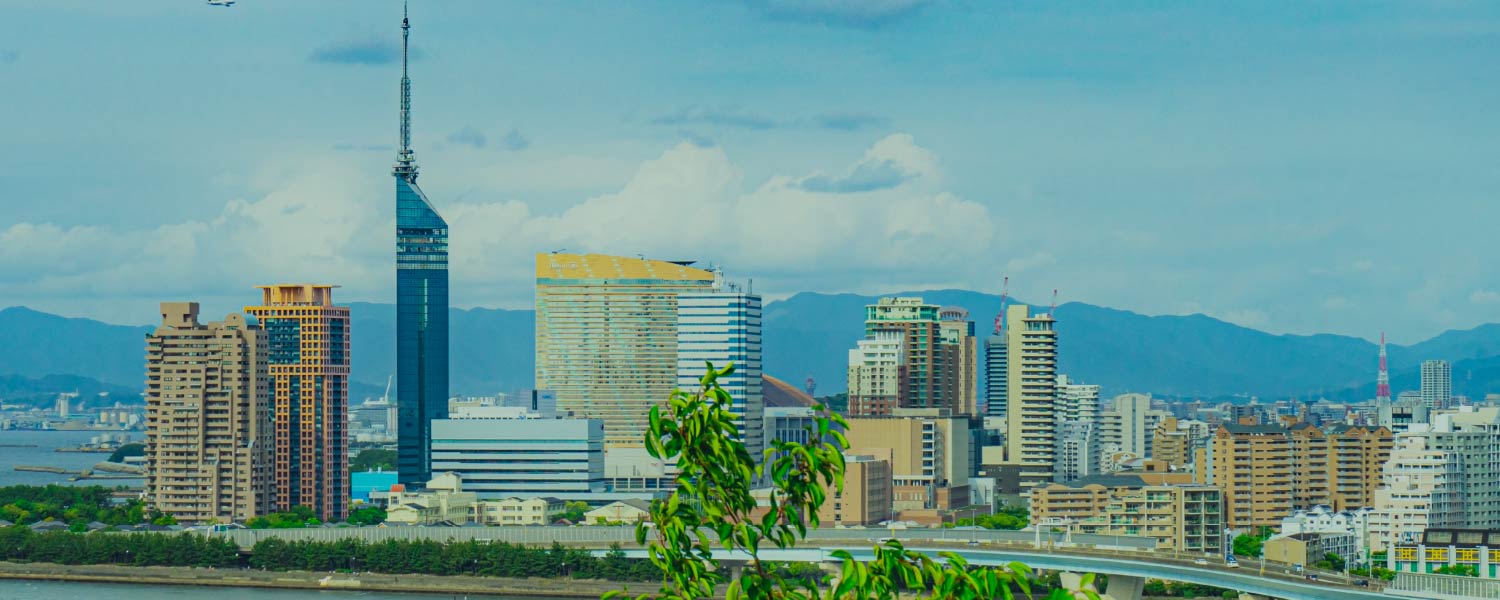Shochu
Fukuoka Prefecture is blessed with fertile land and has long produced various alcoholic beverages. In terms of shochu, there was a total of 7,747 kl of sales in 2019CY. Shochu varieties included barley (5,882 kl), sweet potato (267 kl), rice (221 kl), buckwheat (7 kl), and others (663 kl), reflecting their characteristically diverse shochu production.
Fukuoka's shochu making is rooted in shochu made with sake lees, “kasutori shochu,” which was closely linked to local agriculture. Recently, since the production of kasutori shochu is limited to the sake brewing season, barley shochu became the main type. This allows for year-round production and accounts for 75% of Fukuoka's total shochu production.
Fukuoka is home to two important developments in shochu production: reduced pressure distillation and barley koji. A reduced pressure still was developed by a sake and shochu maker in southern Fukuoka in 1973. This new method of distillation produced a much lighter flavored shochu, leading to a nationwide popularity boom in the late 1970s to the early 1980s. Reduced pressure distillation is widely used by distilleries around the country today. In 1975, a distillery in central Fukuoka launched the very first barley shochu made with barley koji. Up until then, it was very difficult to make barley koji, so distillers usually made barley shochu with rice koji. Today, 100% barley shochu is widely produced in adjacent Oita Prefecture and other parts of mainland Kyushu.
Shochu makers and Fukuoka government officials are working closely together to promote the “Hakata Shochu” brand. In 2005, Fukuoka Prefectural Agricultural Experiment Station developed a variety of two-row barley unique to Fukuoka called Harushizuku. The high starch content quickly made Harushizuku a popular choice for shochu produced in the prefecture. There has also been an increase in shochu aged in barrels and jars, appealing to both the Japanese and overseas consumers.










